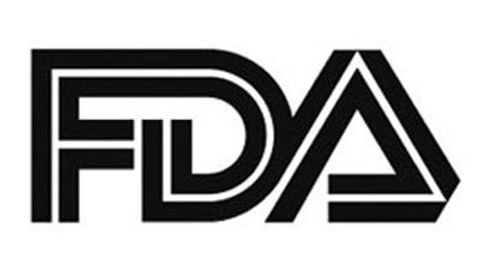FDA Grants Priority Review to NDA for Elacestrant in ER+/HER2- Advanced or mBC
Positive findings from the phase 3 EMERALD study led to a new drug application for elacestrant as treatment of estrogen receptor-positive, HER2-negative advanced or metastatic breast cancer. The FDA has granted the application priority review.

The FDA has accepted a new drug application for the selective estrogen receptor degrader, elacestrant, and granted it priority review for the treatment of estrogen receptor (ER)-positive, HER2-negative advanced or metastatic breast cancer, according to an announcement by The Menarini Group.
The NDA is supported by findings from the phase 3 EMERALD study (NCT03778931), which met its co-primary end points of improving progression-free survival (PFS) in both the overall population and the ESR1 mutation-positive subgroup compared with standard of cancer endocrine monotherapy.
In the randomized, open-label, active-controlled study, approximately 477 patients were assigned to receive either oral elacestrant 400 mg once daily (n = 239) or standard-of care (SOC) endocrine monotherapy consisting of either intramuscular fulvestrant 500 mg, anastrozole 1 mg daily, letrozole 2.5 mg daily, or exemestane 25 mg daily (n = 238). In addition to PFS, the study investigated overall survival (OS) in the overall population and ESR1-positive subgroup as secondary end points.
At 12 months, the PFS among patients in the overall population who received elacestrant was 22.32% compared with 9.42% in the SOC arm (HR, 0.70; 95% CI, 0.55-0.88; P =.002). In the ESR1-positive population, the 12-month PFS among patients treated with elacestrant was 26.76%vs 8.19% for those who received SOC (HR, 0.55; 95% CI, 0.39-0.77; P = .0005). Treatment with elacestrant in the EMERALD study led to a 30% reduction in the risk of disease progression in the overall population and a 45% reduction in the ESR1-positive population.
Treatment-related adverse events occurred in 7.2% of the elacestrant arm vs 2.1% of the SOC arm. TRAEs lead to treatment discontinuation for 3.4% of patients in the elacestrant compared with 0.9% of those in the SOC arm. Any-grade nausea was observed in 35.0% of patients treated with elacestrant vs 18.8% of those who received SOC. Grade 3/4 nausea was seen in 2.5% of the elacestrant arm vs 0.9% of the SOC. Arm.
"The FDA’s acceptance of our NDA with Priority Review marks an important regulatory milestone for our company," commented Elcin Barker Ergun, chief executive officer of the Menarini Group, in a press release. "We look forward to working with the FDA during its review of this submission, which addresses a new potential therapeutic option for a major unmet need in the management of patients with advanced or metastatic breast cancer after resistance builds in the earlier lines of the treatment."
The FDA has set the Prescription Drug User Fee Act target action date for elacestrant to February 17, 2023.
REFERENCES:
Menarini Group’s elacestrant granted priority review by the U.S. FDA for patients with ER+/HER2- advanced or metastatic breast cancer. News release. The Menarini Group August 11, 2022. Accessed August 11, 2022. https://bit.ly/3BWHrqb